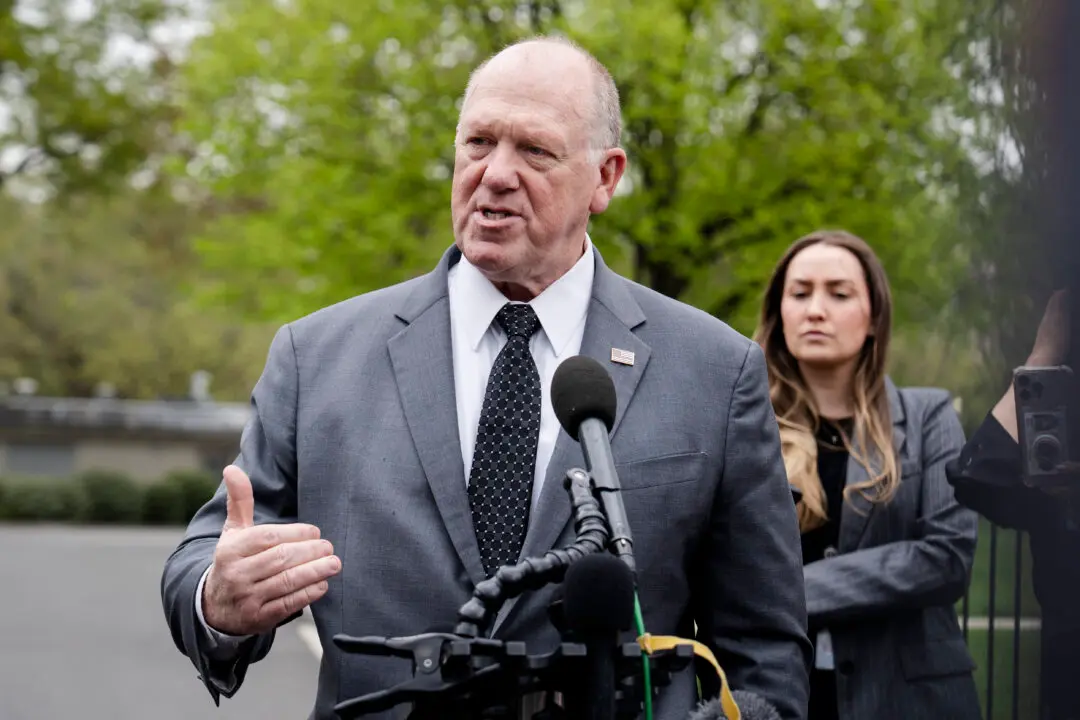Every U.S. region could be at risk for significant power outages this summer as companies rush to convert to non-fossil fuel and non-nuclear energy sources, an analyst says.
“I think the entire country is incredibly vulnerable, because the entire country is facing a huge energy shortage and I don’t think there is any place that is truly safe,” Daniel Turner, founder and executive director of Power the Future, told Fox News on July 4.
Turner said that states that have caved to pressure to switch to “green energy” sources, including wind, solar, and hydroelectric power, could suffer this year.
“The areas of the country I’d be most concerned about are the ones that already have inherent weaknesses,” he told the outlet. “Texas, California, New Mexico, New York, all of New England. These are areas whose policies and political decisions have weakened their electric grid.”
Countries and U.S. states that have “pushed green energy mandates by government action” haven’t been successful, he said.
Midwest States
Earlier this year, some power companies, grid operators, and other groups have warned about brownouts and rolling blackouts—especially in the Midwestern states.Amid possible shortfalls, some Michigan firms have called on consumers to tell officials to keep power companies online.
His group’s seasonal assessment warned that “capacity shortfalls in both the north and central regions of MISO and leaving those areas at increased risk of temporary, controlled outages to preserve the integrity of the bulk electric system,” Smith told NPR.
MISO, meanwhile, will take steps to implement controlled power outages across Michigan. That’s a step the operator has never taken before, it said.
MISO operates the power grid for some 42 million people in 15 U.S. Central states from Minnesota to Louisiana and the Canadian province of Manitoba.
The U.S. Energy Information Administration said on June 20 that forecast demand in MISO could reach an hourly peak of 118.2 gigawatts (GW) under normal conditions this summer and 125.2 GW in extreme conditions.
To meet that peak demand, MISO expects to have 143.2 GW of capacity available this summer. One gigawatt can power about a million U.S. homes on average, but as few as 200,000 on a hot summer day.
“Michigan is going down the same route that before it New Mexico has gone, California has gone,” Turner told Fox on July 4.





